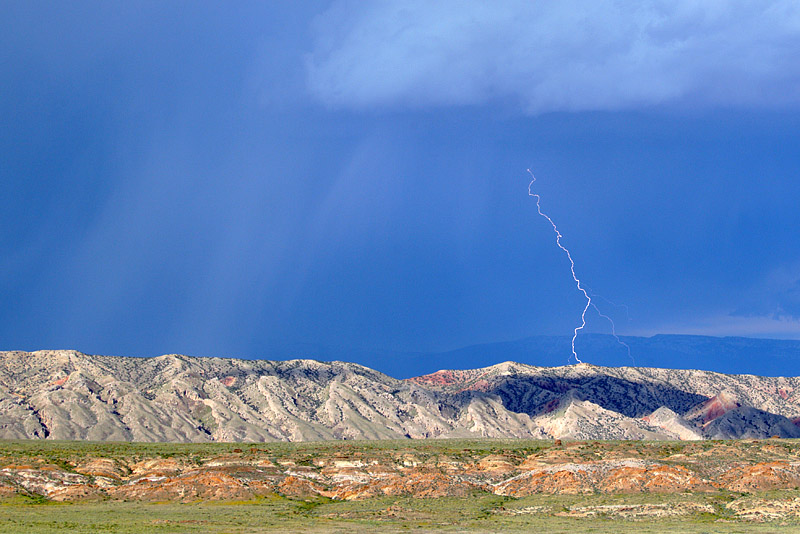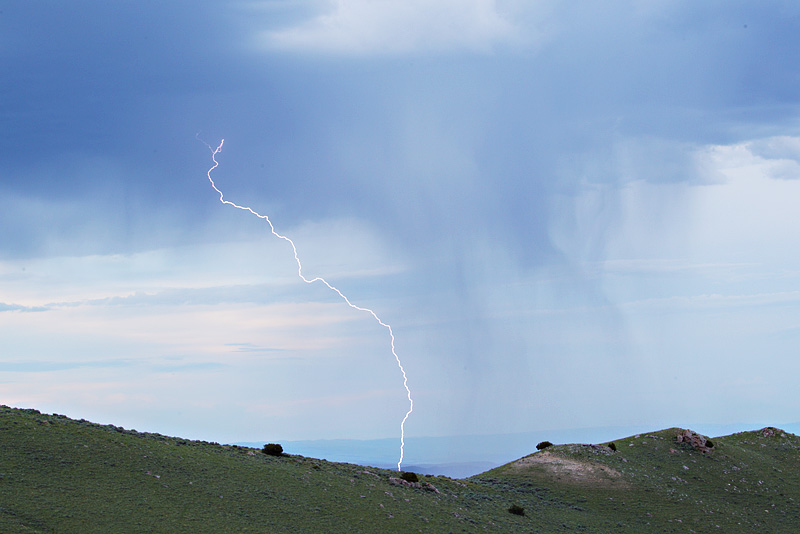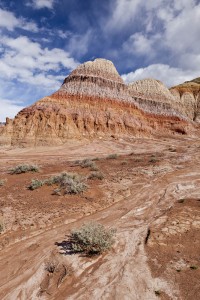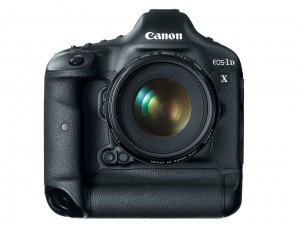Lightning is one of nature’s most impressive and dramatic displays. Capturing lightning strikes in daylight used to be a difficult proposition. It could be done but was not easy and you ended up missing the strike far more often than not. Nighttime lightning captures were much easier since you could open you shutter for long periods of time and wait for the flash. Lately I’ve been using a “Lightning Trigger” with great success to capture dramatic daytime storm scenes.
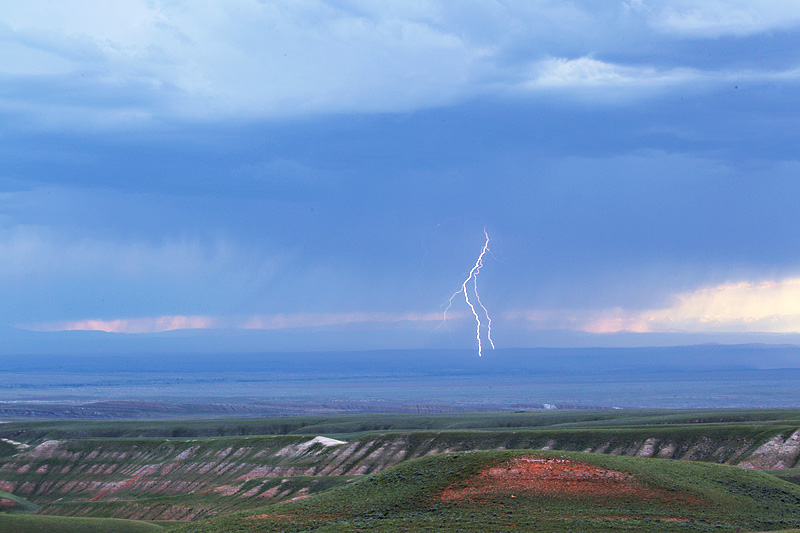
The device connects to your camera’s hotshoe and connects via an electronic cable release. To capture the lightning strikes your shutter speed should be less than 1/15th of a second. To get down to a shutter speed this slow in daytime you’ll need to use a low ISO along with a ND filter and/or polarizer. I use both stacking a 3 stop ND filter with a CPL giving me around 5 stops of light reduction which has been working fine for me.
Your best and safest time to photographing the storm is from a great distance. I found that distances of 5-10 miles are ideal. The “Lightning Trigger” can detect lightning up to 20 miles away. I primarily use my 70-200mm lens. In the above image the storm was approaching and fairly close but I was sitting in the safety of my car. Never be outside at the camera when the storm is close. Visit this website to learn more about the “Lightning Trigger”
